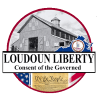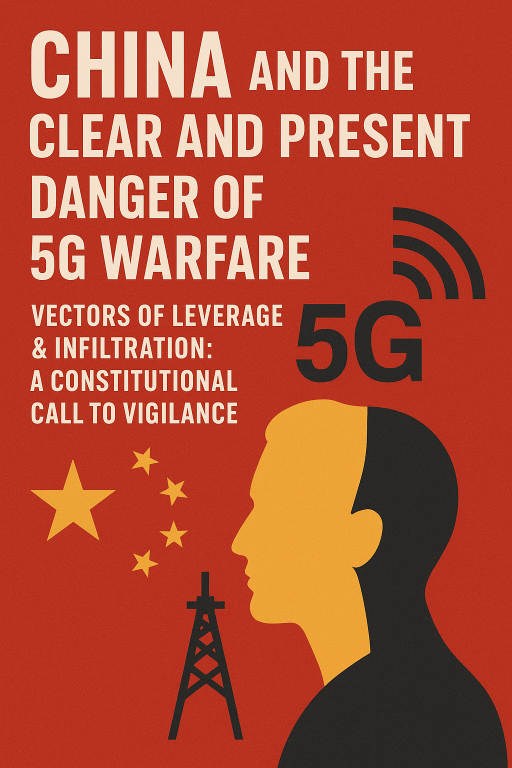Vectors of Leverage & Infiltration: A Constitutional Call to Vigilance
Over decades, strategic decisions by public institutions, corporate interests, and policy influencers have gradually shaped a matrix of dependencies and vulnerabilities—particularly vis-à-vis China and its allied networks. These damage the republic not through open war, but through leverage, infiltration, institutional capture, and strategic subversion. This article lays out the factual vectors documented in the public record, explains how they accumulate into a clear and present danger, and concludes with a lawfully grounded call to action for American citizens to reclaim oversight in every county.
Structural Foundations & Policy Legacy
The opening of diplomatic and economic relations with the People’s Republic of China during the Kissinger–Nixon era ushered in a new paradigm of engagement. While that shift ended decades of isolation, subsequent policy decisions lacked sufficient safeguards for reciprocity, resilience, or national-security resilience. Over time, technological, supply-chain, pharmaceutical, and infrastructure decisions have been made with cost-efficiency and volume in mind—often sidelining strategic risk. This legacy undergirds the vectors we describe below.
The Infographic: Vectors of Vulnerability & Influence
Below is an integrated infographic. Each heading can be expanded to view documented public sources and supporting facts. (Displays separately from the main narrative.)
Vectors of Vulnerability & Influence
Tap each heading to view documented facts and public sources.
Sources: DOE Critical Minerals Strategy 2023; GAO report on supply chain risks; Congressional Research Service on semiconductor dependencies.
Sources: FCC “Covered List” updates; DHS / CISA 5G risk assessments; CSIS “Hidden Nodes” telecom security report.
Sources: DOJ press releases (2023–2025); FinCEN Supplemental Advisory (2024).
Sources: WHO China-joint origins report; U.S. Senate & House oversight reports; GAO studies of grant oversight.
Sources: USDA “Foreign Holdings of U.S. Agricultural Land” reports; CFIUS annual disclosures; real-estate transparency analyses.
Sources: GAO study on foreign influence in U.S. research; OpenSecrets lobbying data; congressional commission reports on financial institutions and foreign-state exposure.
Strategic Focus in the Western Hemisphere
China—through state-linked institutions and strategic partnerships—has extended its influence in Latin America and the Caribbean via infrastructure, port access, and security cooperation. For example:
- Cuba: Reports of Chinese intelligence, surveillance installations, and joint technical cooperation. Congressional testimony and CSIS studies document expanding footprints.
- Venezuela: Deepening bilateral military and economic ties, naval access agreements, and joint resource development partnerships. (See Senate Armed Services hearings.)
- Nicaragua: Free trade agreements, arms sales, and cooperation in security and internal control. Recent 2023–2024 reporting shows expansion of influence programs.
- Peru (Chancay Port): The Chinese-backed port project connects to a broader Pacific logistics network built by Chinese companies (e.g. COSCO), giving China maritime reach into South America.
These partnerships provide strategic staging areas, logistical support, and diplomatic influence across the hemisphere—amplifying China’s capacity to project leverage close to U.S. borders.
Constitutional Stakes & Citizen Duty
When decisions made at federal and regulatory levels expose the nation to coercion or disruption—and when private actors, think tanks, or institutions influence those decisions without transparency or accountability—structural damage to constitutional order threatens. Public servants swear an oath to support and defend the Constitution, and must not permit erosion of national security or civil liberty by default or through influence. Disorders from national machines are not beyond the reach of citizen oversight. Local, state, and federal bodies must answer to their constitutional mandates.
A Call to Vigilance & Civic Action
In a republic, sovereignty resides in the people. The **First Amendment** gives citizens the right to petition the government for redress. The framework of **Republic Review** offers a lawful, states-and-localities-based path to evaluate and resist overreach. But those tools rest on citizen engagement.
We now call on local leaders, civic groups, county-level associations, and engaged individuals to organize in every county, every district. Hold town halls, demand transparency from federal and state representatives, file petitions, and insist on constitutional accountability. Publish your audits, crowd-source the record, and empower each neighbor to understand that vigilance is not optional—it is essential to preserving liberty.
“Eternal vigilance is the price of liberty.”

